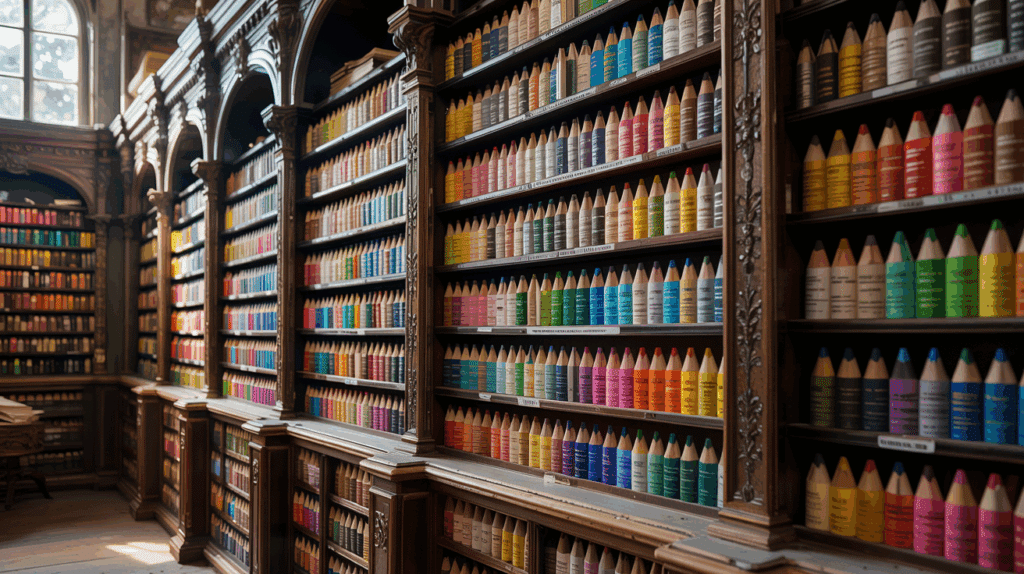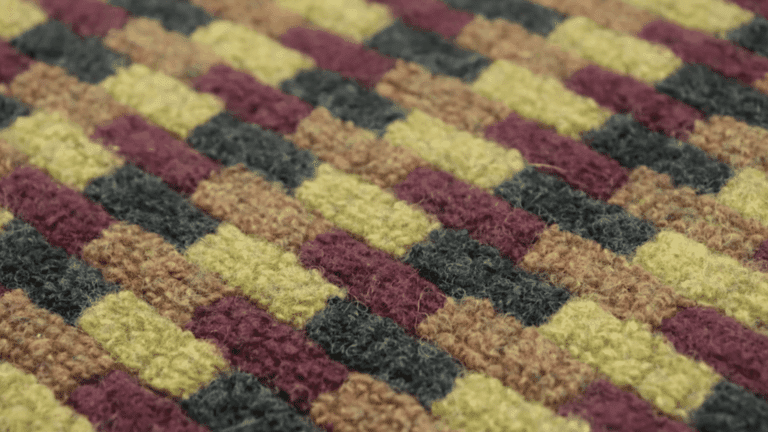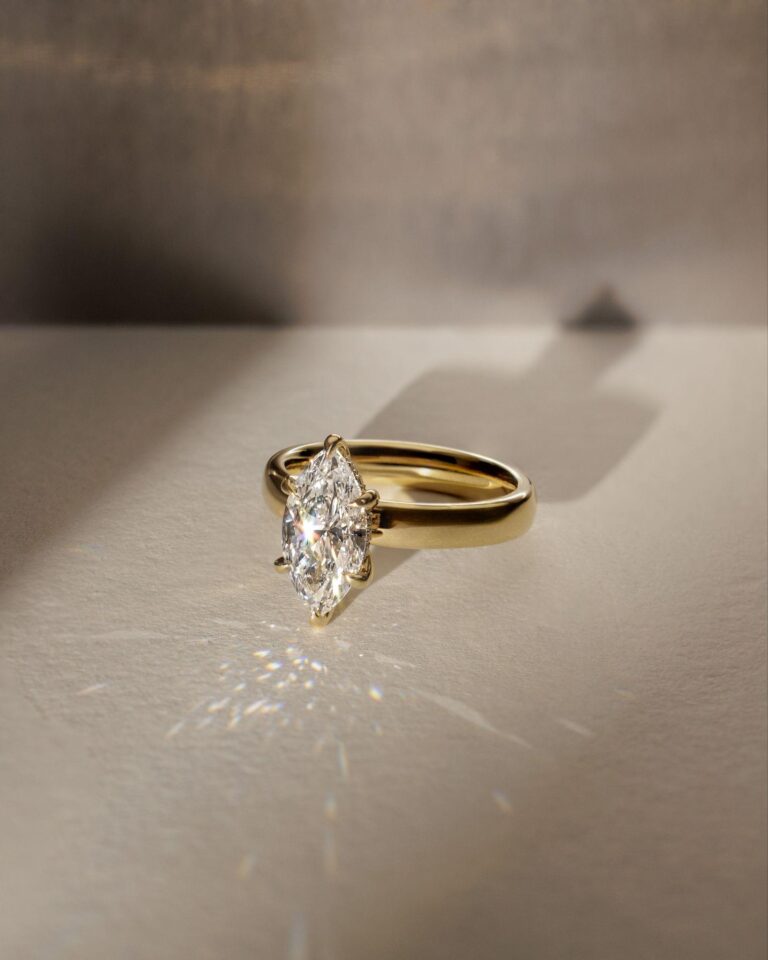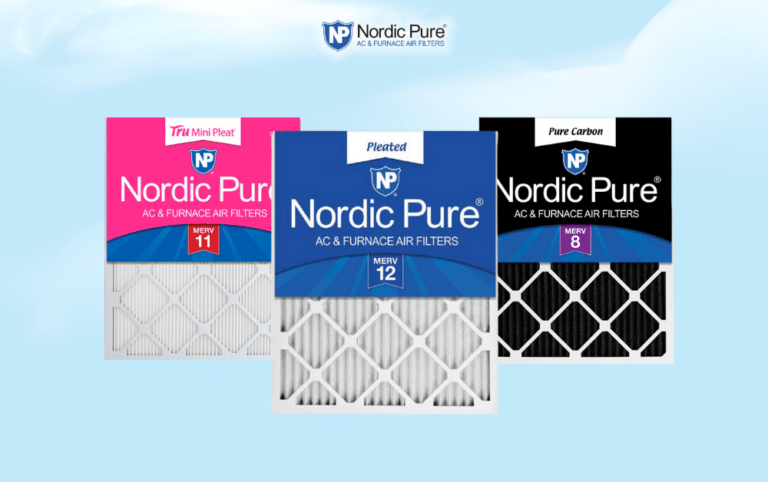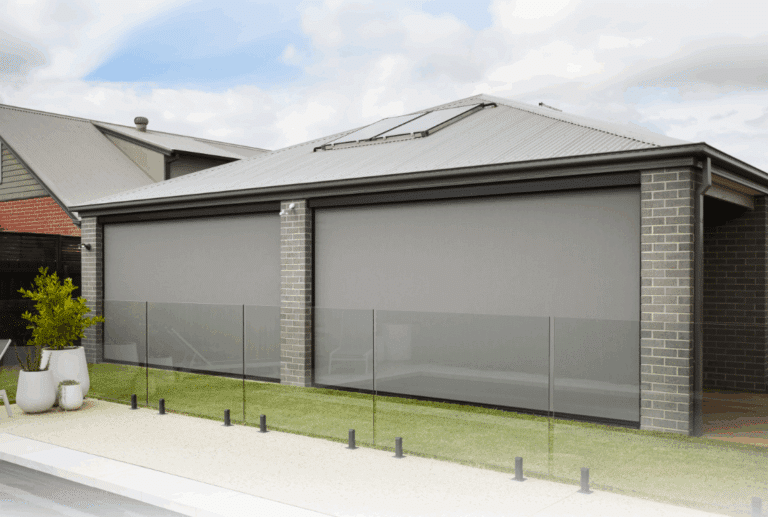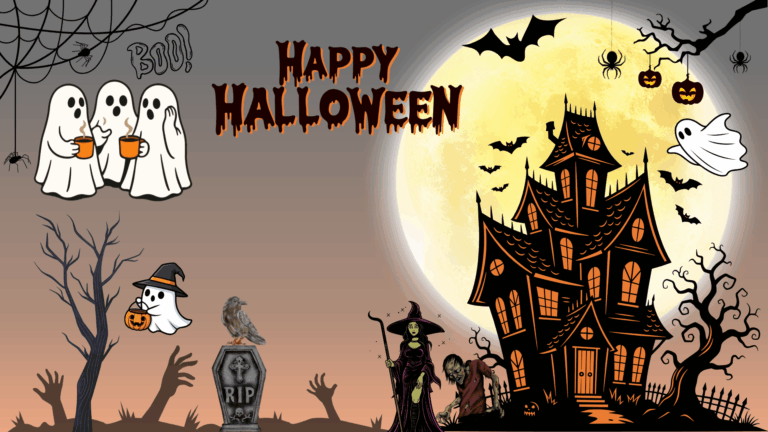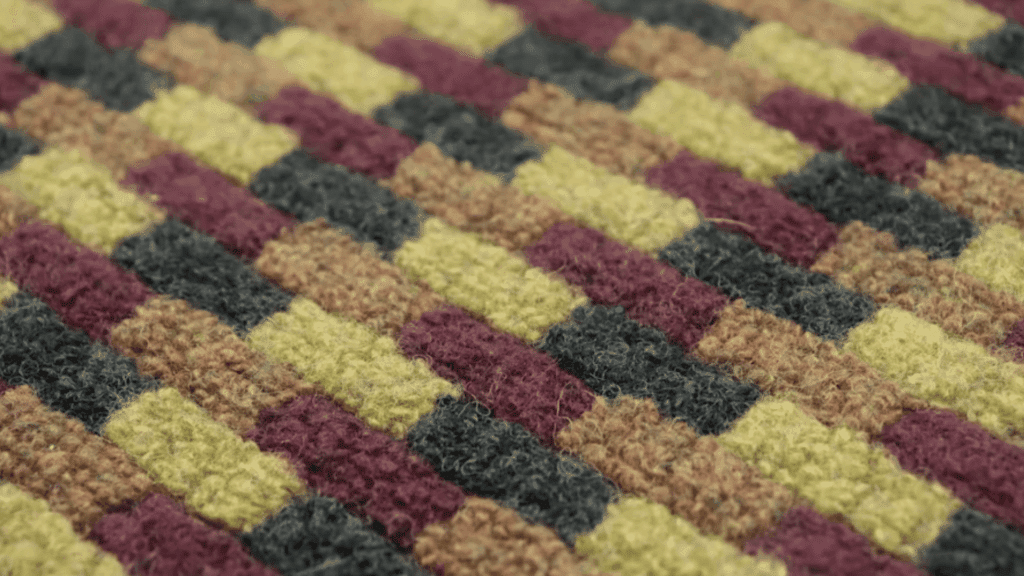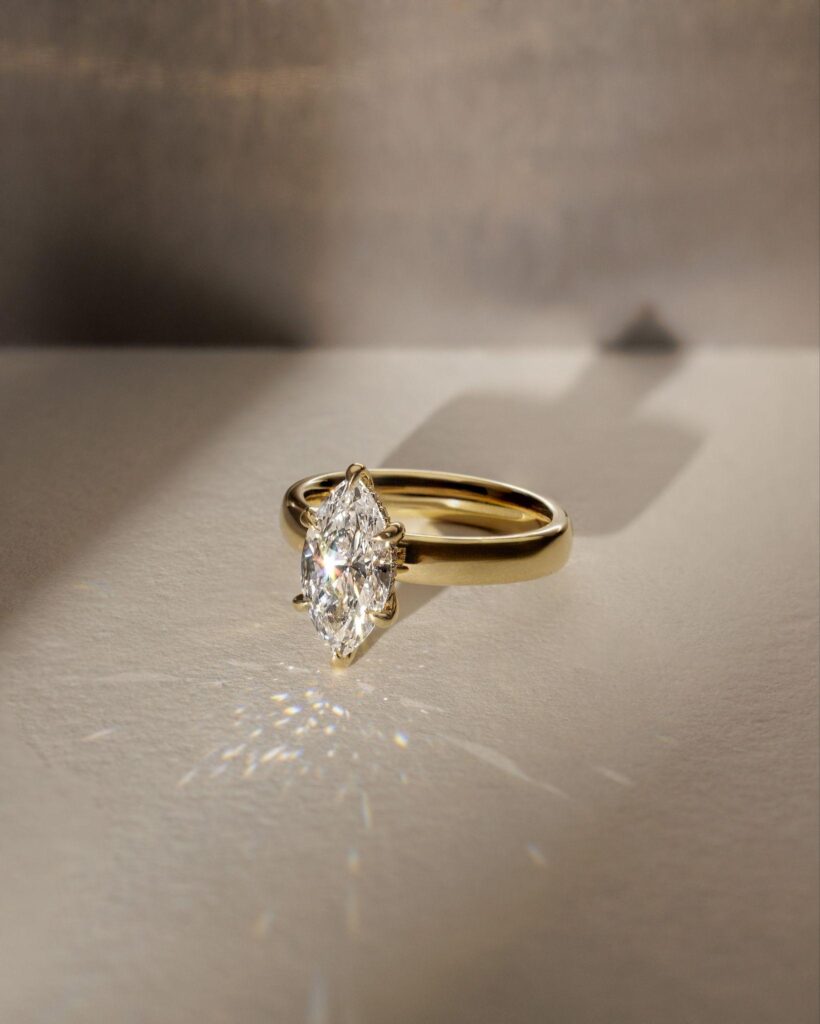Have you ever held a colored pencil and wondered how it came to be? Most artists use these simple tools daily without giving a thought to their creative process. The humble colored pencil conceals a compelling manufacturing story that few are aware of.
Artists need to understand what goes into their tools. Knowledge of how colored pencils are made helps them pick the right ones for their work and use them more effectively.
This blog outlines the entire process of how are colored pencils made, from raw materials to finished products. The reader will learn about the pigments, binders, wood casings, and techniques that manufacturers use to create these everyday art supplies.
Ready to see what makes colored pencils special? Let’s look at how are colored pencils made from start to finish.
History of Color Pencils: The Start of an Artistic Excursion

The story of colored pencils begins in the 1700s, when artists used a basic form of what we know today as colored pencils. These early versions consisted of pigment mixed with clay and formed into sticks.
By the 1800s, pencil makers had begun to insert colored cores into wood casings. The first mass-produced colored pencils appeared around 1890, when the Staedtler company in Germany began producing them. These early models did not match the quality we expect today.
The 1900s saw significant growth in the colored pencil market. Faber-Castell and Caran d’Ache became important names in the field. By the 1920s, colored pencils had become a staple in schools and homes across Europe and America.
The mid-1900s saw significant improvements in the performance of colored pencils. Makers found better ways to mix pigments and binders.
From the 1970s onward, colored pencils gained respect as serious art tools. Artists now use them to create museum-quality art.
From Paste to Lead: How Are Colored Pencils Made
Disclaimer: The steps below were designed with factory production in mind. Kindly do not try this at home without professional tools and personnel.
Step 1: Prepare the Core Mixture

Begin by combining fine clay powder with vibrant pigment powders. Pour both into a mixing machine and add water.
Allow the machine to blend the ingredients thoroughly, then dry the mixture until it becomes crumbly. This ensures the color is evenly distributed and ready for forming the pencil core.
Step 2: Form and Strengthen the Colored Core

Transfer the dried, crumbly mixture into a billeting machine, which compresses it into a large, solid cylinder.
Next, use an extruder to push the cylinder through a small opening, creating long, thin sticks of colored core. These sticks are then rolled to straighten them, baked in an oven, and finally soaked in melted wax for several hours.
The wax bath strengthens the cores and provides them with a smooth finish, making it easy to color.
Step 3: Shape the Wooden Pencil Barrels

Take slats of wood and cut grooves into them, each groove designed to hold a single colored core. Arrange the colored cores into the grooves of one wooden slat, then apply glue to secure them in place. Place a second slat on top, sandwiching the cores between the two wooden pieces.
Step 4: Cut and Shape Individual Pencils

Feed the glued wooden sandwich into a cutting machine, which slices it into individual pencils.
These pencils are then shaped-often into round or hexagonal forms-using shaping machines, ensuring they are comfortable to hold and ready for finishing.
Step 5: Sharpen and Finish the Pencils

Finally, sharpen each pencil to a fine point, making them ready for use. Inspect each pencil for quality, ensuring they are smooth and have vibrant colors.
The finished pencils are now ready to bring color to your paper.
For more detailed steps, check out the YouTube link below:
Quality Control: The Testing of Color Pencils

The production of colored pencils involves rigorous quality checks at every stage. These tests ensure that artists and users get consistent products that perform as expected.
Without these quality controls, pencils might break too easily, have uneven color, or not work well on paper.
- Raw materials testing before production begins
- Pigment checks for color accuracy and consistency
- Color matching under standardized light conditions
- Core strength tests by dropping from measured heights
- Pressure tests to check core hardness and breakage points
- Wood casing inspections for splits or defects
- Sharpening tests to ensure clean points without breakage
- Smoothness tests on various paper types
- Color transfer tests to verify pigment lay-down
Normal Colored Pencils vs Professional Colored Pencils
When shopping for colored pencils, you’ll notice the wide price range from $5 to $200. This price gap exists because of real differences in how these pencils work and what they contain.
Below is a table that shows the difference between normal colored pencils and professional colored pencils.
| Feature | Normal Colored Pencils | Professional Colored Pencils |
|---|---|---|
| Price | $5-$30 per set | $50-$200 per set |
| Pigment amount | Low to medium | High |
| Lightfastness | Poor to fair | Good to excellent |
| Core thickness | 2-3mm | 3.5-4.5mm |
| Color selection | 12-48 colors | 48-150+ colors |
| Wood casing | Standard wood | Cedar or other premium woods |
Different Types of Colored Pencils

Colored pencils come in various forms, each with unique features that cater to different artistic needs. The type of binder mixed with pigment creates distinct drawing qualities and effects on paper.
Artists often select specific types based on their project goals, preferred techniques, and the desired aesthetic they aim to achieve.
Wax-based Colored Pencils
These are the most common types of colored pencils used by beginners and students. They contain pigments mixed with wax binders, creating a soft, creamy texture when applied to paper.
Benefits:
- Easy to blend and layer colors
- Less expensive than other types
- Good for basic coloring and school projects
Oil-based Colored Pencils
These pencils use oil instead of wax as a binder. They tend to be harder than wax-based pencils and create smoother, more consistent lines on paper.
Benefits:
- More water-resistant than wax-based pencils
- Less crumbling and breakage
- Good for detailed work and fine lines
Watercolor Pencils
These appear to be regular colored pencils, but they contain water-soluble binders. Artists can use them dry or activate the pigments with water to create paint-like effects.
Benefits:
- Can be used for both drawing and painting
- Creates soft washes of color when wet
- Allows for unique textures and effects
Pastel Pencils
These pencils contain chalk-like pastel material in a wooden casing. They offer the soft, matte finish of pastels with the control of a pencil format.
Benefits:
- Creates soft, velvety textures
- Less messy than traditional pastels
- Good for adding highlights and details to artwork
Erasable Colored Pencils
These pencils are made with special binders that allow the color to be erased. They work well for projects that need changes or corrections.
Benefits:
- Can be erased like graphite pencils
- Good for learning and practicing
- Useful for planning the stages of artwork
Finishing It Up
Now you know how are colored pencils made, from simple ingredients to finished art tools. The mix of pigments, binders, and wood creates these everyday items we often take for granted.
This knowledge helps you pick the right pencils for your needs. When you understand the difference between wax and oil bases or student and professional grades, you can make smarter buying choices.
How are colored pencils made? By combining carefully selected pigments with binding agents, forming them into cores, and encasing them in wood. This process affects everything from color quality to how well they blend on paper.
Try testing different types of colored pencils to see which ones work best for your style. If you already tried different colored pencil types? Share your experiences with colored pencils in the comments below!


